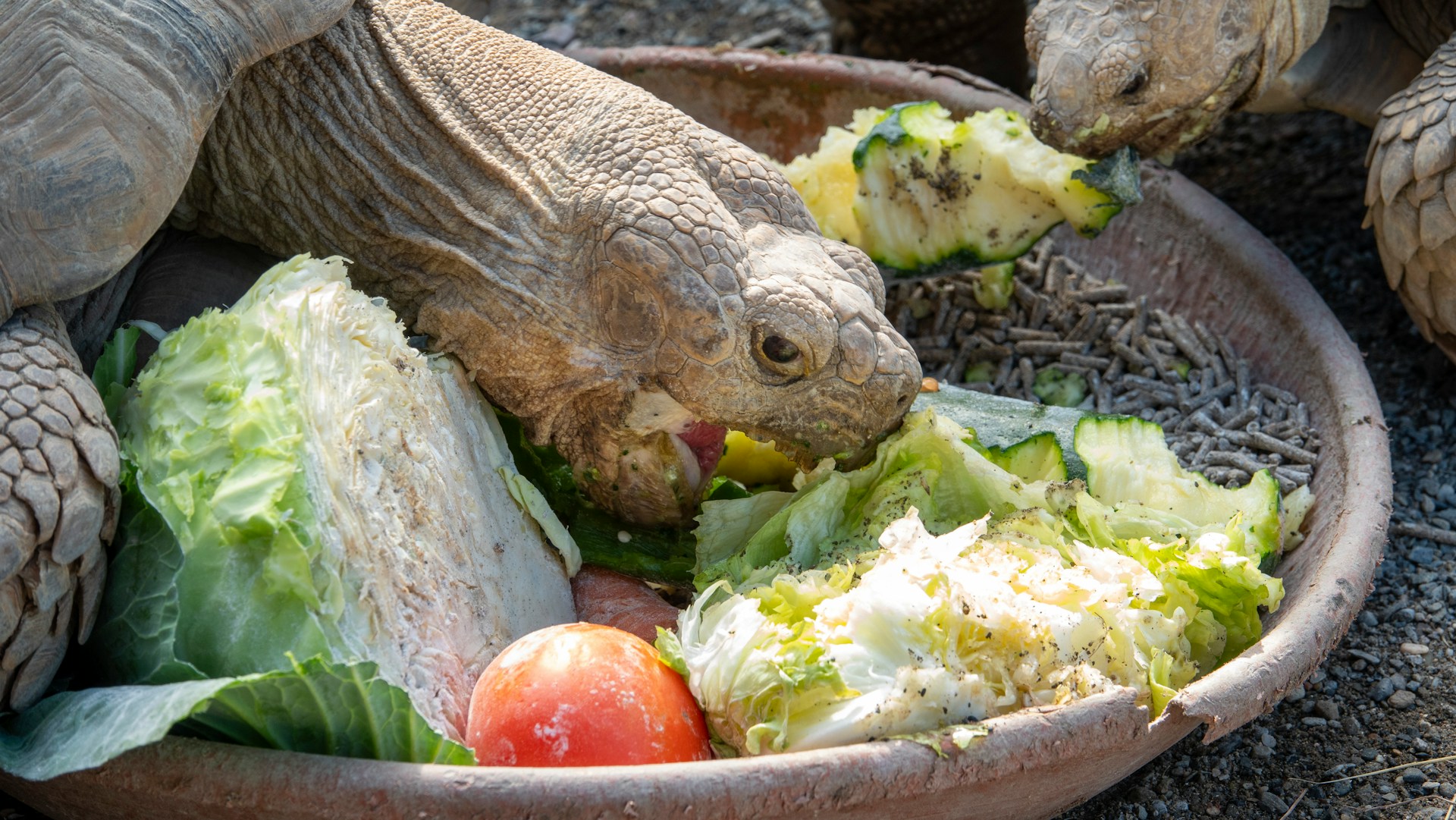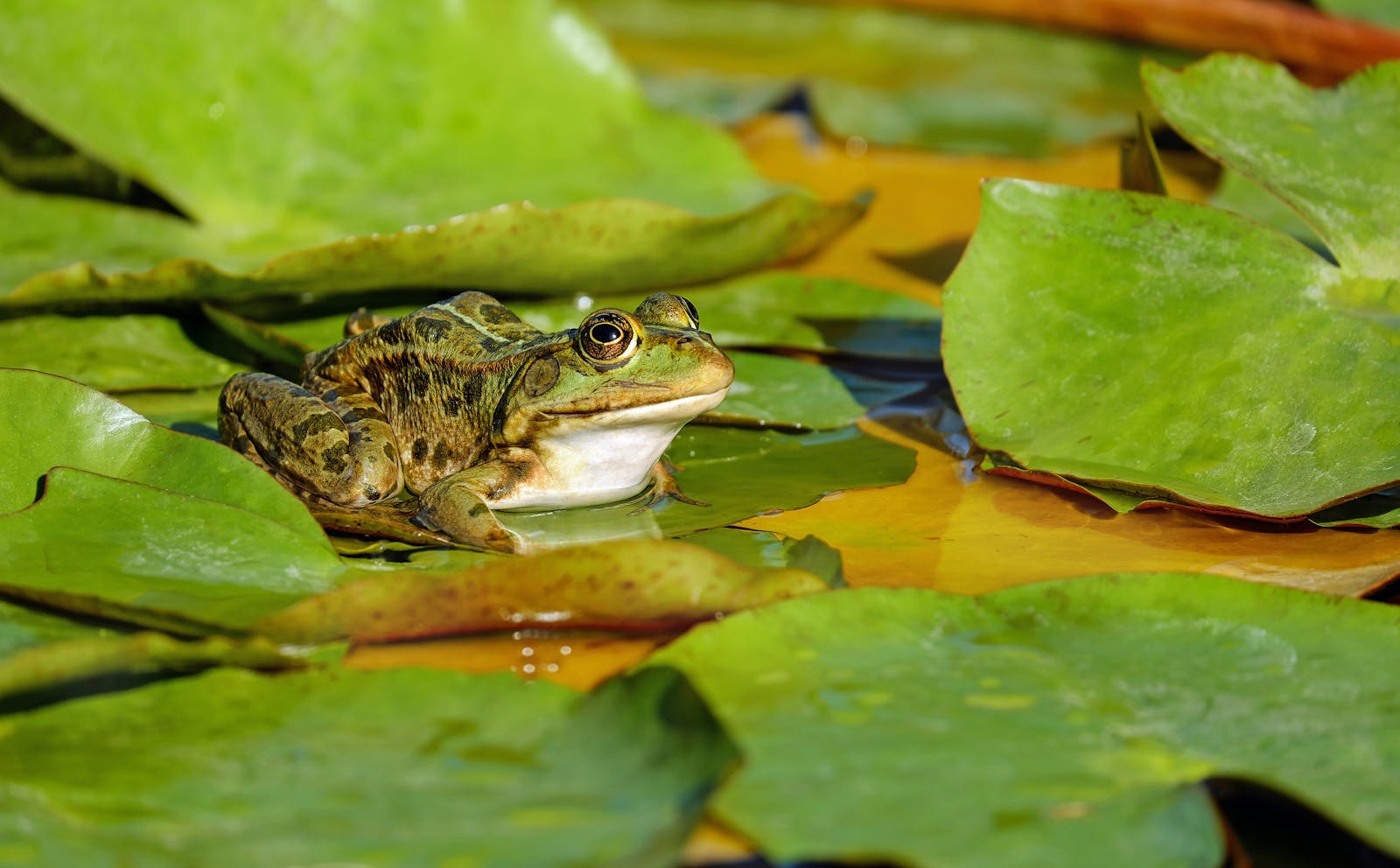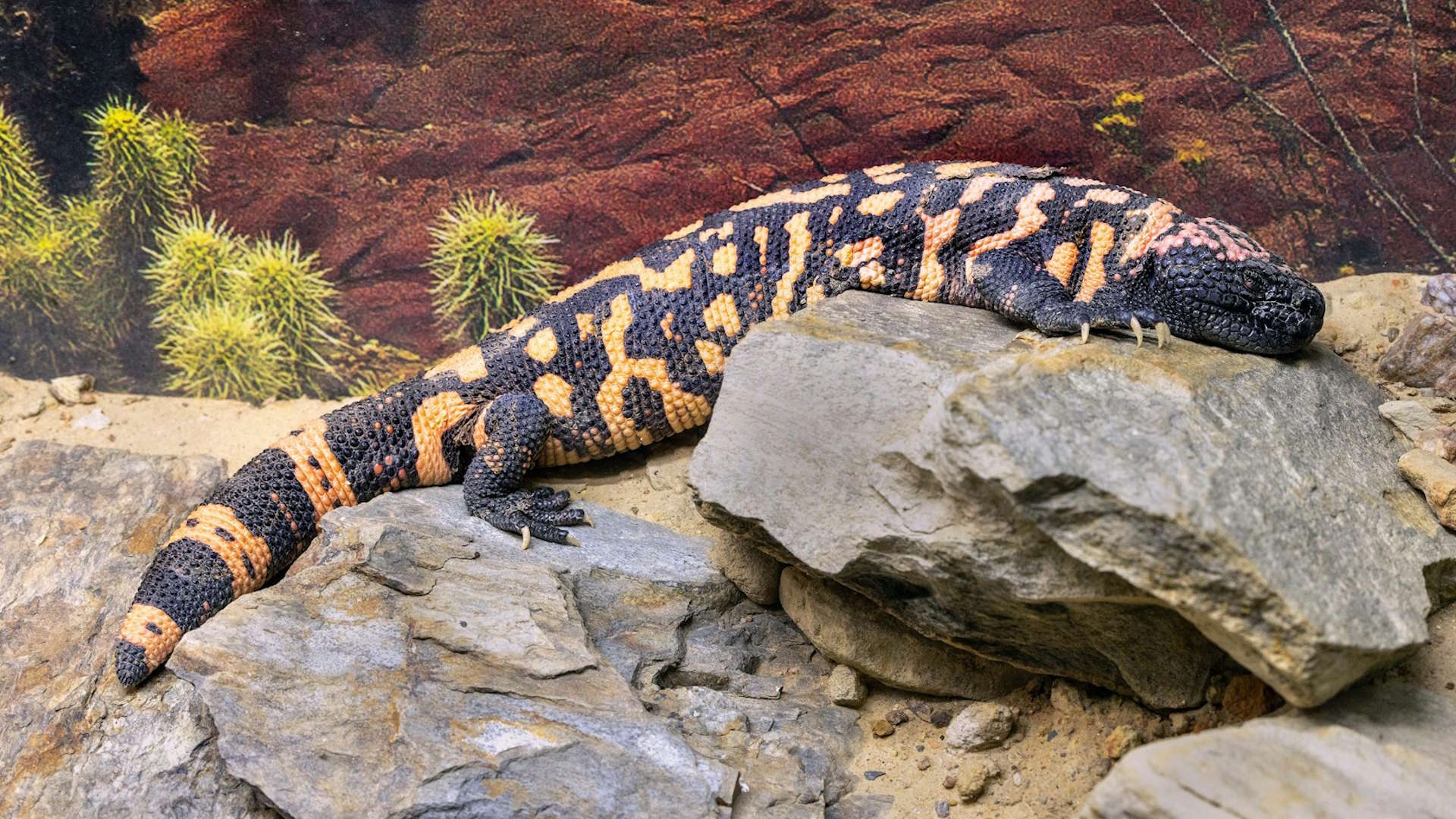Creating a bioactive habitat for your exotic pet isn’t just about aesthetics—it’s about replicating their natural environment to promote physical health, natural behaviors, and psychological well-being. Unlike traditional enclosures that require frequent cleaning and substrate changes, bioactive setups establish a miniature ecosystem that largely maintains itself. Living plants, beneficial microorganisms, and cleanup crews work together to break down waste, creating a balanced, sustainable home that more closely mimics your pet’s native habitat. Whether you have reptiles, amphibians, invertebrates, or small mammals, a properly designed bioactive habitat can significantly enhance their quality of life while reducing your maintenance workload.
Understanding the Bioactive Concept
A bioactive habitat is essentially a self-sustaining mini-ecosystem where natural biological processes handle waste breakdown and nutrient cycling. In these setups, beneficial bacteria, fungi, insects, and other small organisms—collectively known as the “cleanup crew”—consume animal waste and dead plant matter, converting them into nutrients that feed the living plants. This creates a balanced system where waste becomes a resource rather than something to be regularly removed. Understanding this cycle is crucial because it forms the foundation of your habitat design decisions, from substrate choice to organism selection. The key principle to remember is that diversity creates stability—the more varied your bioactive components, the more resilient your system will be to fluctuations and imbalances.
Researching Your Pet’s Natural Habitat
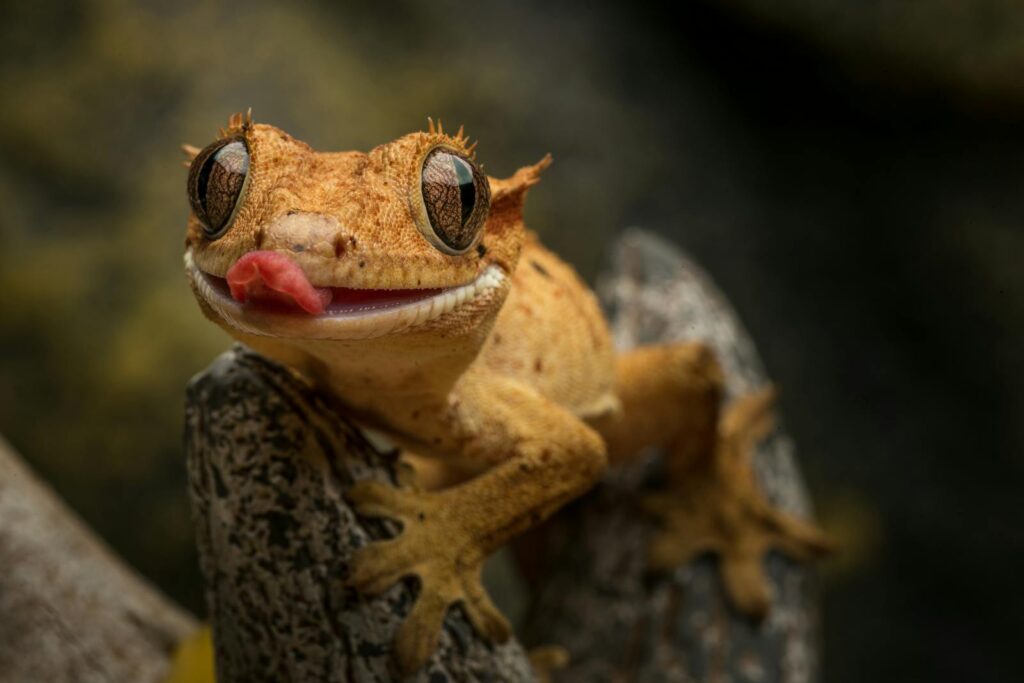
Before assembling any materials, thoroughly research your exotic pet’s native environment to understand the conditions you’ll need to replicate. Consider factors like temperature gradients, humidity levels, light cycles, vegetation density, and substrate composition in your pet’s natural range. For example, a crested gecko from New Caledonia requires a different setup than a bearded dragon from Australian deserts. Study not just the general climate but also the microhabitats your species prefers—do they spend time in leaf litter, on branches, burrowing in soil, or basking on rocks? Observing how wild specimens interact with their environment provides invaluable insights for habitat design. This research phase is non-negotiable, as creating conditions too different from your pet’s evolved adaptations can lead to stress, disease, and shortened lifespan.
Choosing the Right Enclosure
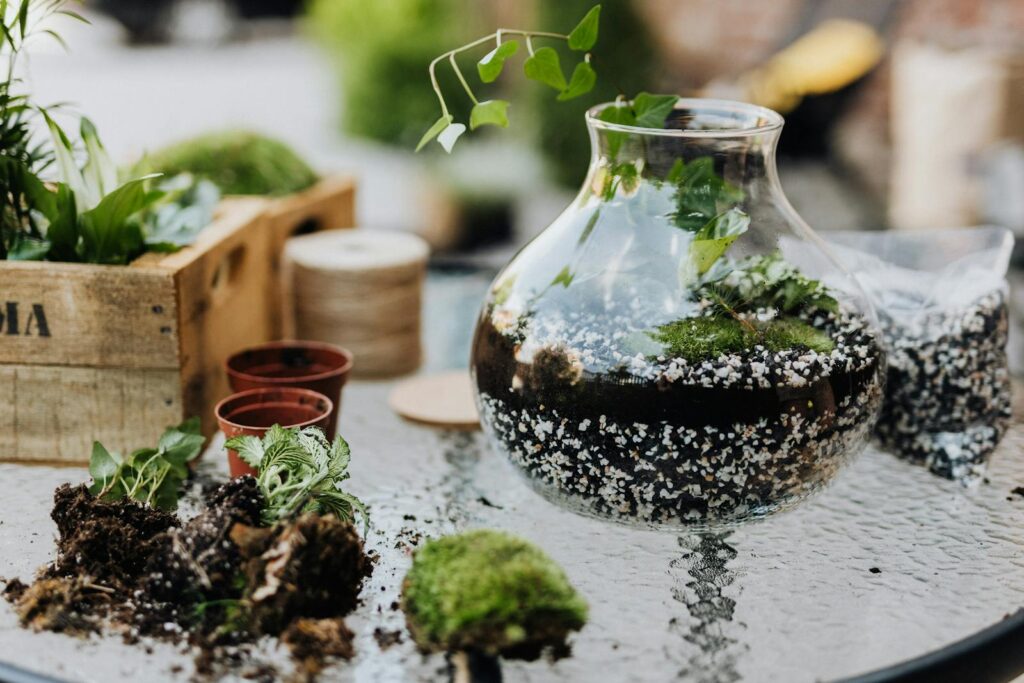
The enclosure serves as the foundation of your bioactive habitat and must be chosen carefully to accommodate all the necessary elements. Glass terrariums are popular choices for many species due to their excellent visibility and humidity retention, while PVC or wooden vivariums offer better insulation for heat-loving species. Size matters tremendously—always opt for the largest enclosure you can reasonably maintain, providing at least the minimum recommended dimensions for your specific pet with extra space for plants and hardscape elements. Consider access points for maintenance, ventilation options for controlling humidity, and whether front-opening or top-opening designs better suit your pet’s needs and your maintenance routine. Remember that bioactive setups are generally heavier than traditional enclosures due to deep substrate layers, so ensure your selected enclosure can handle the weight and is positioned on an appropriate stand.
Creating the Drainage Layer
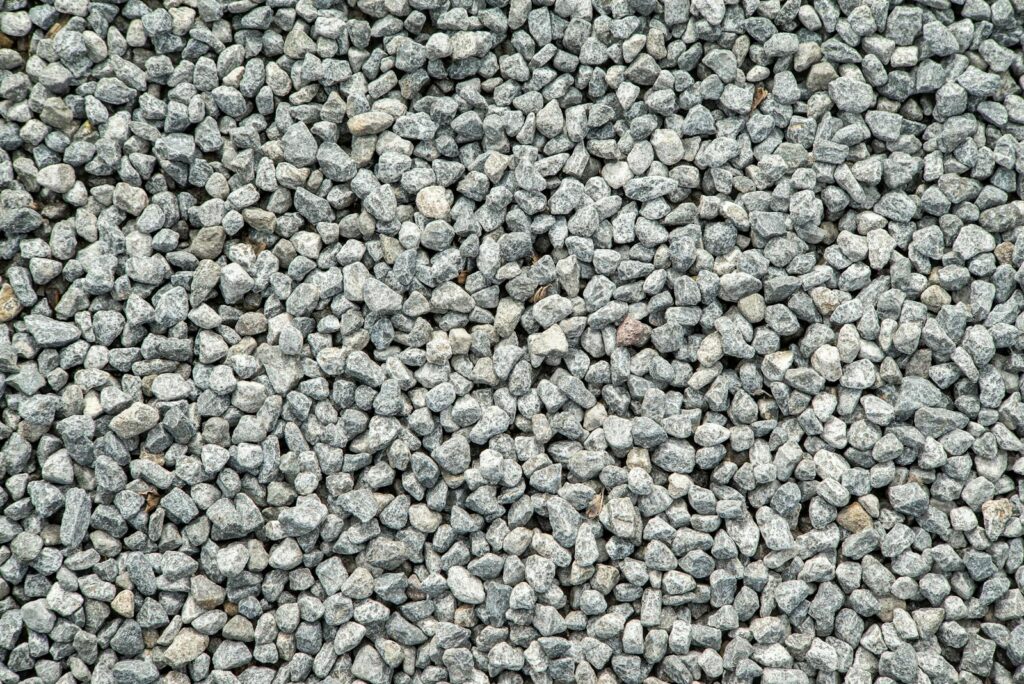
A proper drainage layer is the foundation of any bioactive setup, especially for humid habitats where excess water needs somewhere to go. This layer typically consists of lightweight expanded clay pellets (LECA), gravel, or specialized drainage substrates that create space for water to collect below the soil layer. For tropical setups, aim for a drainage layer approximately 2-3 inches deep, while arid habitats might need only a minimal layer or none at all. Cover this layer with a fine mesh screen or landscape fabric to prevent the substrate from mixing with the drainage material while still allowing water to pass through. Some advanced keepers incorporate drainage bulkheads or false bottoms into their designs to make water removal easier during maintenance. This seemingly simple layer plays a critical role in preventing root rot in plants and maintaining proper soil moisture levels throughout your setup.
Selecting the Appropriate Substrate Mix
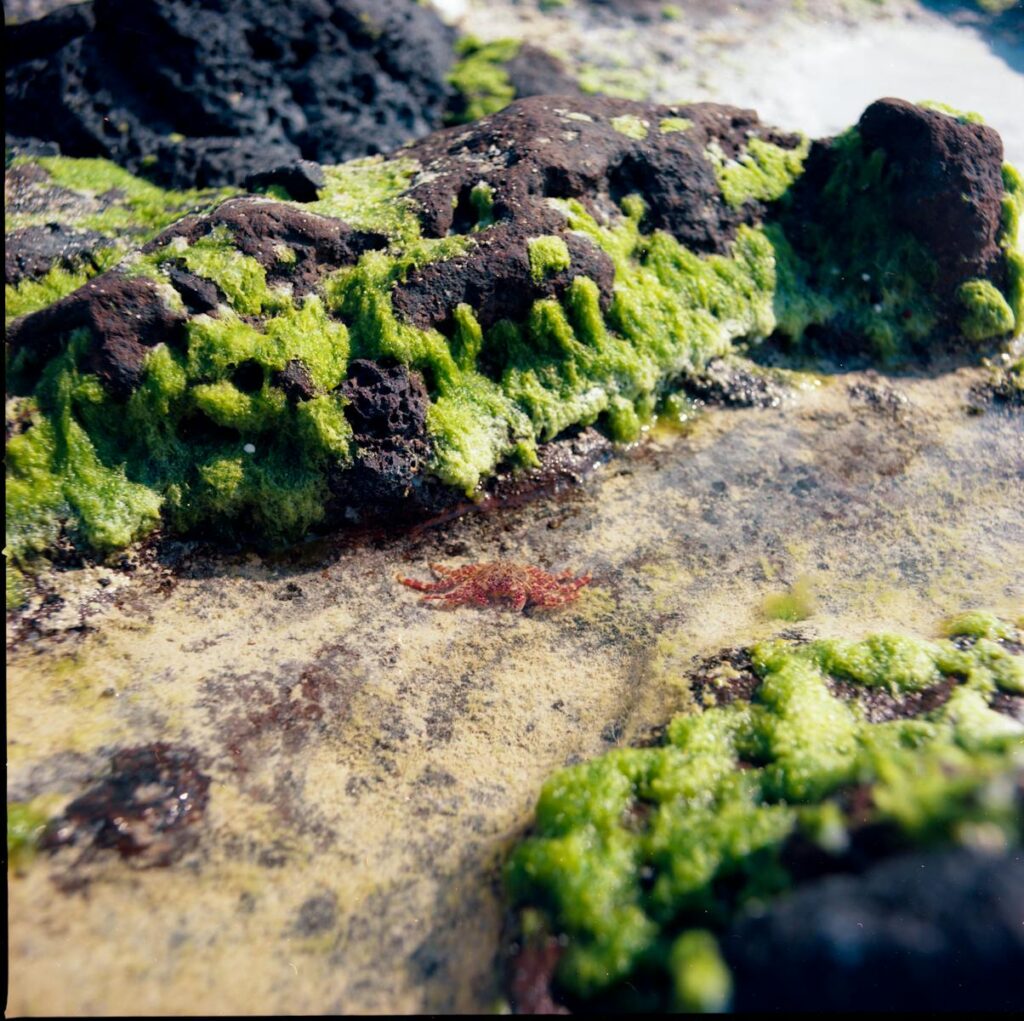
The substrate mix forms the living foundation of your bioactive system and should be carefully formulated based on your pet’s native habitat. For tropical setups, a mix of organic topsoil, coconut coir, orchid bark, sphagnum moss, and leaf litter creates excellent moisture retention and decomposition opportunities. Desert habitats benefit from a mix of play sand, organic topsoil, and clay substrate with minimal organic matter. The substrate depth is equally important—aim for at least 3-4 inches for most setups, and 6+ inches if your pet enjoys burrowing or if you’re planting larger plant species. Avoid commercial potting soils containing fertilizers, perlite, or vermiculite, which can harm your pet or cleanup crew. Properly layered substrate not only supports plant growth but also provides microhabitats for beneficial organisms and burrowing opportunities for your exotic pet, mimicking the complex soil horizons found in nature.
Introducing the Cleanup Crew
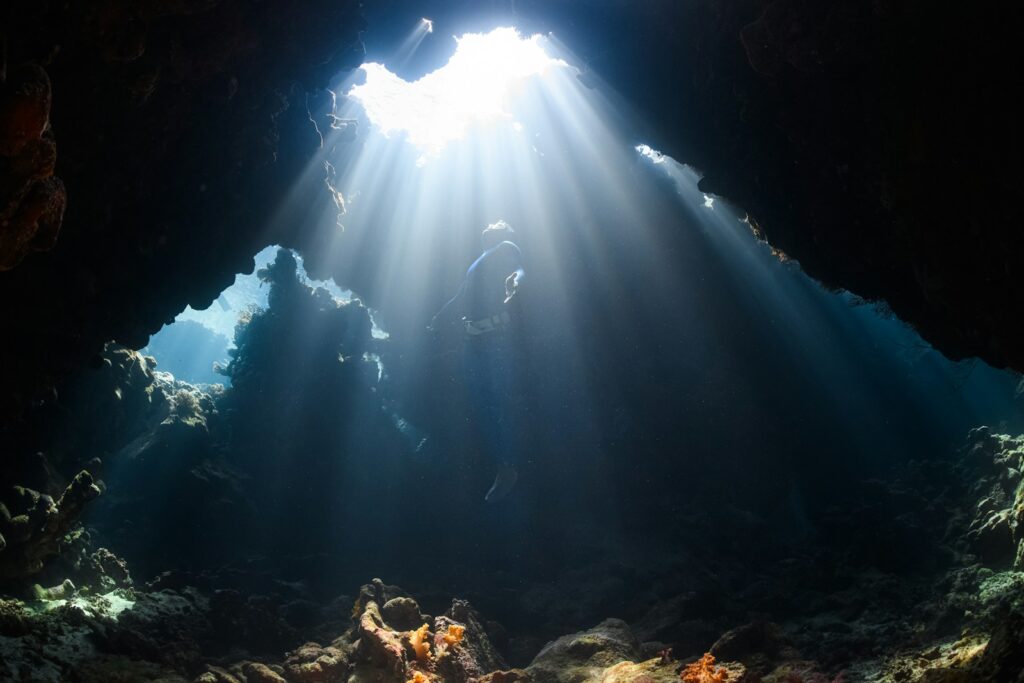
The cleanup crew is the workforce of your bioactive ecosystem, consisting of various invertebrates that break down waste and prevent mold growth. Isopods (like dwarf white, powder orange, or dairy cow varieties) excel at processing waste and plant matter, while springtails are crucial for controlling mold and fungus in the substrate. For larger enclosures or specific habitats, consider adding earthworms, millipedes, or certain beetle species as additional decomposers, being careful to research compatibility with your pet first. Introduce your cleanup crew at least 2-4 weeks before adding your pet to allow their population to establish and begin working through the initial biofilm development. Different species serve different ecological niches, so combining multiple types creates a more robust system—for example, some isopods primarily stay at the surface while others dig deeper into the substrate, providing comprehensive decomposition throughout all substrate layers.
Selecting Safe and Suitable Plants
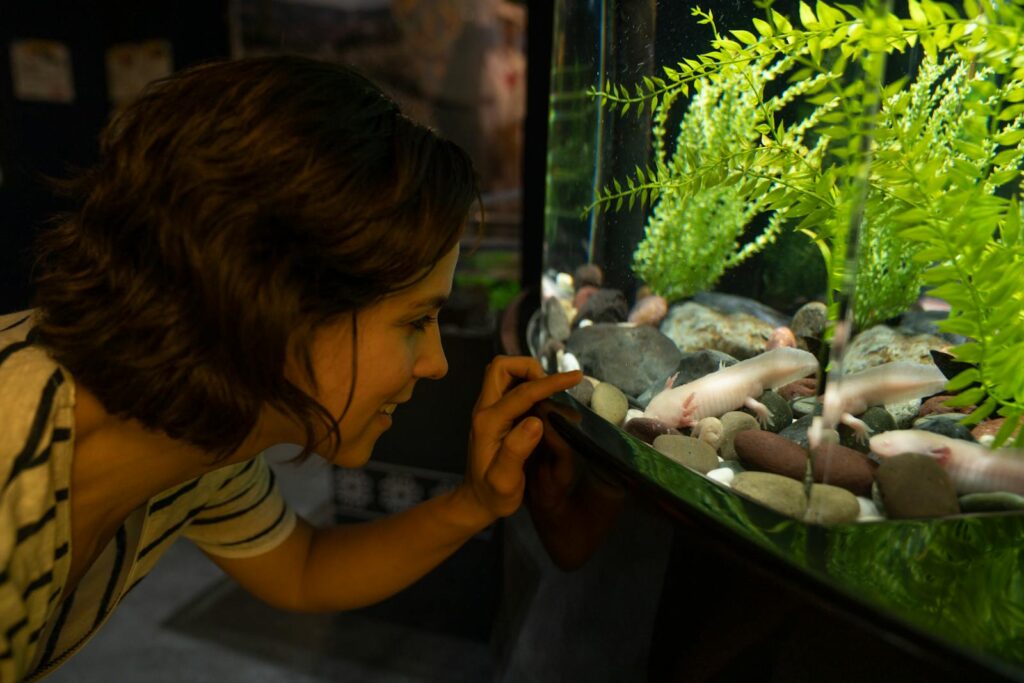
Live plants are not merely decorative elements but functional components that improve air quality, help manage humidity, and provide natural enrichment for your pet. When selecting plants, prioritize species that are non-toxic to your specific pet and suitable for your habitat’s conditions—ferns, pothos, and bromeliads work well in tropical setups, while succulents and air plants thrive in arid environments. Consider your pet’s behaviors when choosing plants; for climbers, install sturdy plants that can withstand their weight, while for diggers, use plants with robust root systems or place them in protective planters within the substrate. Quarantine new plants for at least two weeks before introduction, treating them with a mild organic insecticidal soap to eliminate potential pests or pesticide residues from commercial nurseries. Position plants strategically to create microclimates within the enclosure, with more moisture-loving species in areas with less ventilation and drought-tolerant options near heat sources or ventilation points.
Creating Hardscape Elements

Hardscape elements like rocks, branches, cork bark, and background features add structural integrity to your bioactive habitat while creating essential microhabitats. These features should mimic your pet’s natural environment—limestone or slate for desert dwellers, cork tubes and branches for arboreal species, or curved driftwood pieces for semi-aquatic habitats. Securely anchor all hardscape elements, especially those used for climbing, to prevent collapses that could injure your pet or damage plants. Create various functional zones within the habitat: basking spots, hiding areas, elevated perches, and shade retreats to give your pet environmental choices throughout the day. The hardscape not only serves your pet but also provides attachment points for epiphytic plants and sheltered areas for your cleanup crew to retreat to when surface conditions become temporarily less favorable.
Installing Proper Lighting and Heating
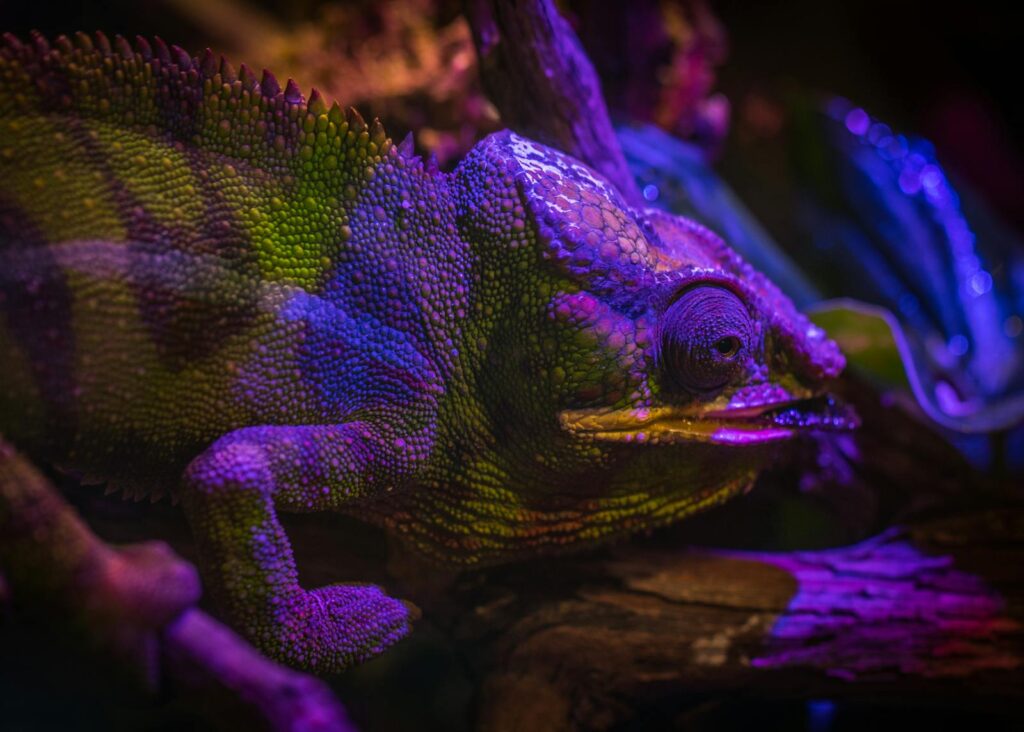
Proper lighting and heating are critical for both your pet’s health and the success of your bioactive system. UVB lighting is essential for most reptiles and many amphibians for proper calcium metabolism, while full-spectrum LED or T5 lighting supports plant growth and establishes proper day/night cycles. Heat sources should create temperature gradients (not uniform heat) across the enclosure, allowing your pet to thermoregulate by moving between warmer and cooler areas. Deep heat projectors or radiant heat panels often work better in bioactive setups than under-tank heaters, as the thick substrate layer can block heat transfer. Install all lighting and heating fixtures on programmable timers to create consistent day/night cycles and seasonal variations if appropriate for your species. Monitor temperature and UV levels regularly using thermometers, temperature guns, and UV meters to ensure conditions remain within your pet’s optimal range even as plants grow and potentially shade areas of the habitat.
Managing Humidity and Water Features
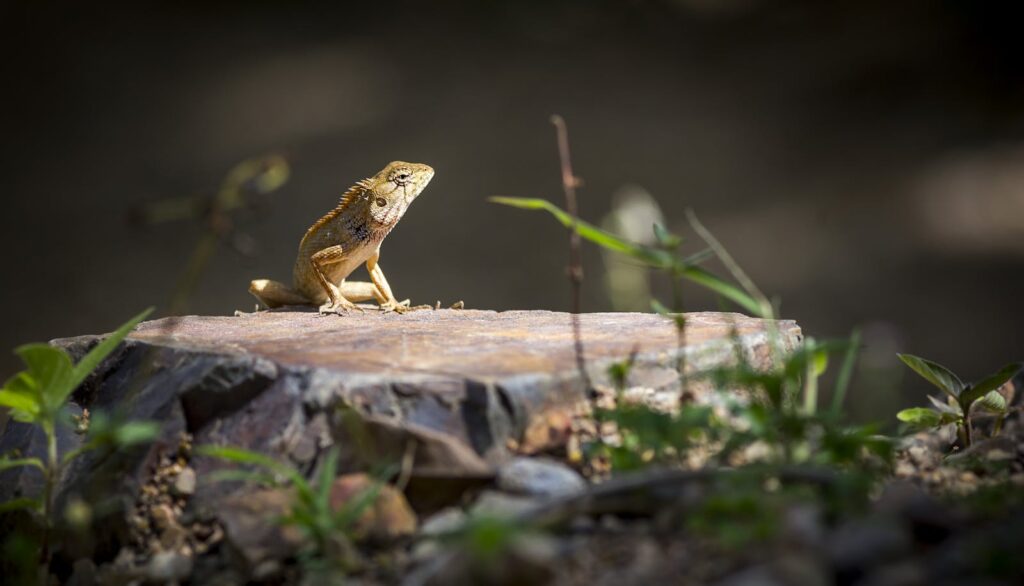
Humidity management is crucial in bioactive habitats and should be tailored to your specific pet’s needs. For tropical species requiring high humidity, incorporate automated misting systems, hand-misting routines, or small water features to maintain levels between 60-80% depending on the species. Arid habitat dwellers often need humidity gradients with moister retreats (like humid hides) while maintaining lower ambient humidity around 20-40%. If including water features like small ponds or waterfalls, ensure they have proper filtration systems and are designed to prevent drowning risks for your pet. Create humidity gradients within the enclosure by varying ventilation, substrate moisture, and plant density across different areas, allowing your pet to seek out their preferred moisture level. Regular monitoring with digital hygrometers is essential, as bioactive setups can sometimes maintain higher humidity than traditional enclosures due to plant transpiration and moist substrate.
Establishing Proper Ventilation

Ventilation is an often overlooked but critical component of successful bioactive habitats, balancing the need to maintain humidity while preventing stagnant air conditions. Strategic air circulation prevents mold growth and respiratory issues in your pet while strengthening plant stems through gentle air movement. For high-humidity habitats, use screened vents positioned to create cross-ventilation, often with smaller vent areas near the top of the enclosure to allow humid air to escape without drying out the entire habitat. Arid setups require significantly more ventilation, sometimes utilizing fans for additional air movement during particularly humid weather conditions. Adjust ventilation seasonally—many enclosures benefit from increased airflow during warmer months and reduced ventilation during cooler, drier periods. The placement of ventilation points creates subtle air currents within the habitat that help distribute heat, carry away gaseous waste products, and cycle fresh air throughout all levels of your enclosure, contributing to the overall health of the miniature ecosystem.
Allowing the System to Establish

Patience is essential when setting up a bioactive habitat, as these systems need time to establish before introducing your exotic pet. Allow at least 4-6 weeks for the initial setup period, during which microorganisms colonize the substrate, plants establish root systems, and cleanup crews begin to reproduce and create stable populations. During this establishment phase, you’ll notice a “cycling” process similar to aquarium cycling, where biofilms may temporarily appear, and the substrate will begin developing beneficial fungal networks. Monitor plant growth, checking for any species that aren’t adapting well to your conditions, and replace them before adding your pet. Use this time to fine-tune temperature gradients, humidity levels, and lighting positions based on how your plants are responding and where condensation forms. This establishment period is not wasted time but a crucial investment in creating a stable, functioning ecosystem that will require less intervention once your pet is introduced.
Introducing Your Pet to the Habitat
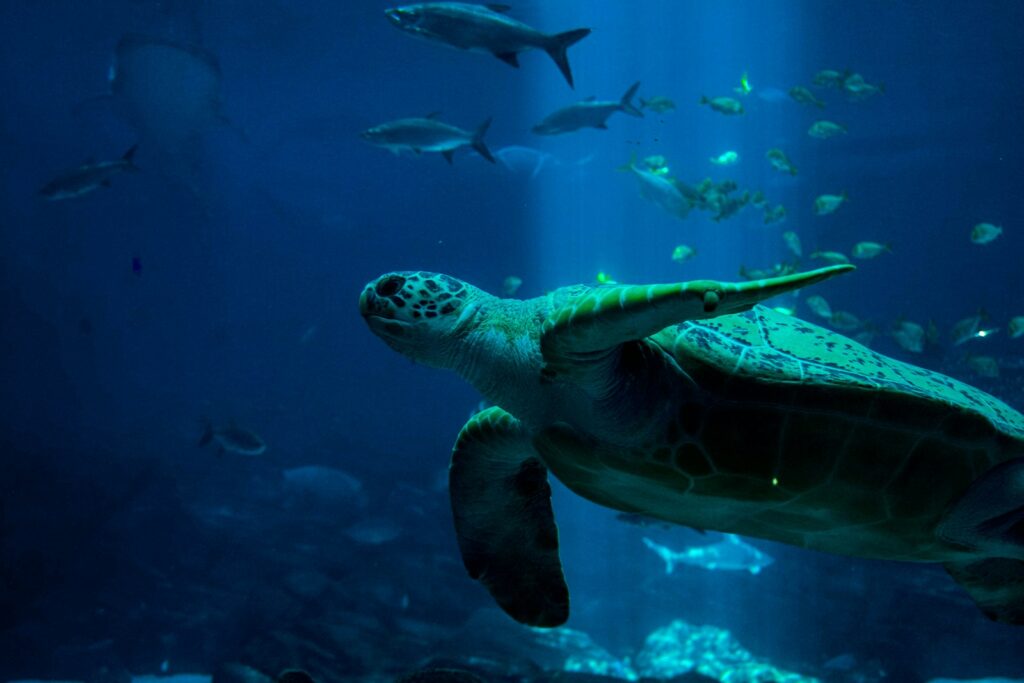
When your bioactive habitat has properly established, it’s time to introduce your exotic pet to their new home. Choose a low-stress time of day aligned with your pet’s natural active period for the introduction—early evening for crepuscular species, daytime for diurnal animals. Closely monitor your pet’s first interactions with the habitat, noting whether they explore comfortably or show signs of stress or confusion. Some animals may initially be overwhelmed by a complex bioactive setup, so provide familiar hide spots or temporarily limit access to certain areas until they acclimate. Watch for inappropriate behaviors like excessive digging that might uproot plants or disturb the substrate too severely before the system has fully established. During the first few weeks, your pet may disturb the cleanup crew population temporarily, but a well-established bioactive system will quickly recover as the inhabitants find their balance with one another and establish their ecological niches within the closed system.
Maintaining Your Bioactive Habitat

While bioactive habitats require less frequent maintenance than traditional setups, they still need regular attention to thrive long-term. Establish a maintenance schedule that includes daily visual inspections for plant health, animal waste accumulation, and pest issues. Perform weekly tasks such as misting plants, spot-cleaning any large waste items your cleanup crew can’t process quickly, and checking humidity and temperature parameters. Monthly maintenance should include pruning overgrown plants, rotating any portable basking spots that have become shaded by plant growth, and supplementing your cleanup crew if populations appear to be declining. Every 6-12 months, you may need to top off substrate that has compacted, add fresh leaf litter as it breaks down, or divide and replant overgrown plant species. Unlike traditional enclosures, bioactive setups improve with age as the substrate matures and beneficial microfauna populations stabilize, creating an increasingly balanced system that works more efficiently over time.
Troubleshooting Common Issues
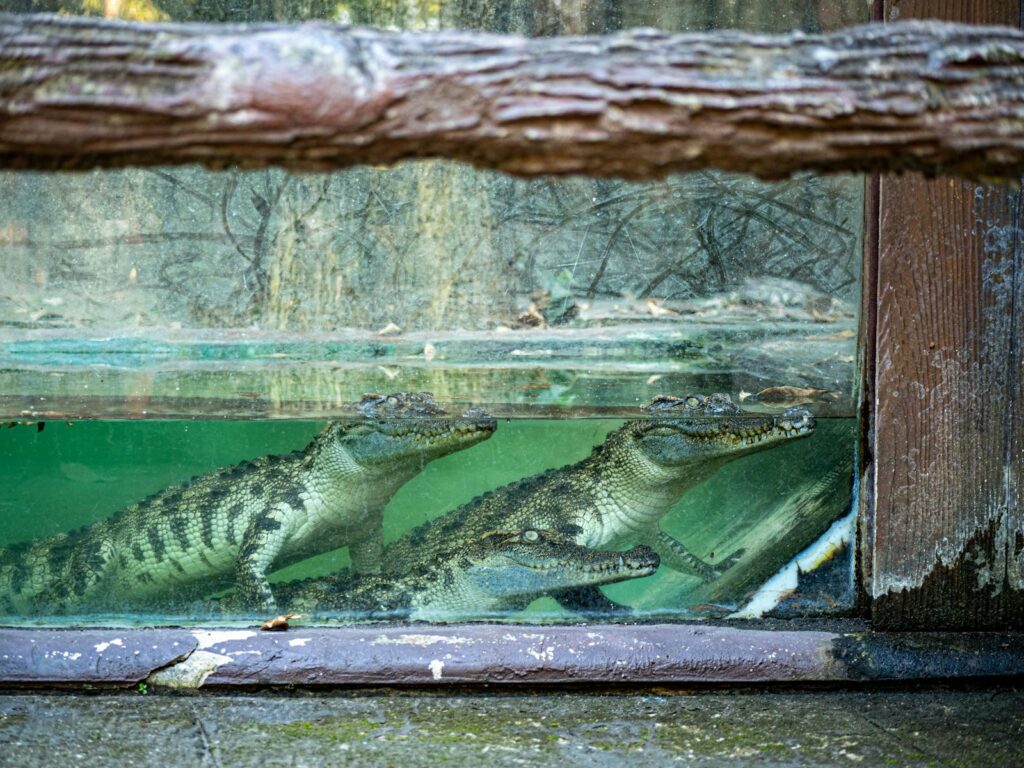
Even well-designed bioactive habitats can develop issues that require intervention. If you notice declining cleanup crew populations, consider whether predation by your pet, improper humidity, or insufficient food sources might be the cause, and adjust by adding supplemental food sources or creating more sheltered areas for them to retreat to. Plant problems like yellowing leaves, stunted growth, or mold often indicate incorrect lighting, overwatering, or poor ventilation that can be adjusted by modifying your care routine. Pest outbreaks such as fungus gnats or unwanted mites typically signal an imbalance in the system—often too much moisture or organic matter—and can usually be addressed through environmental modifications rather than chemical treatments. When troubleshooting, make one change at a time and allow the system several days to respond before making additional adjustments, as bioactive habitats are complex systems where changes can have cascading effects throughout the miniature ecosystem.
Conclusion
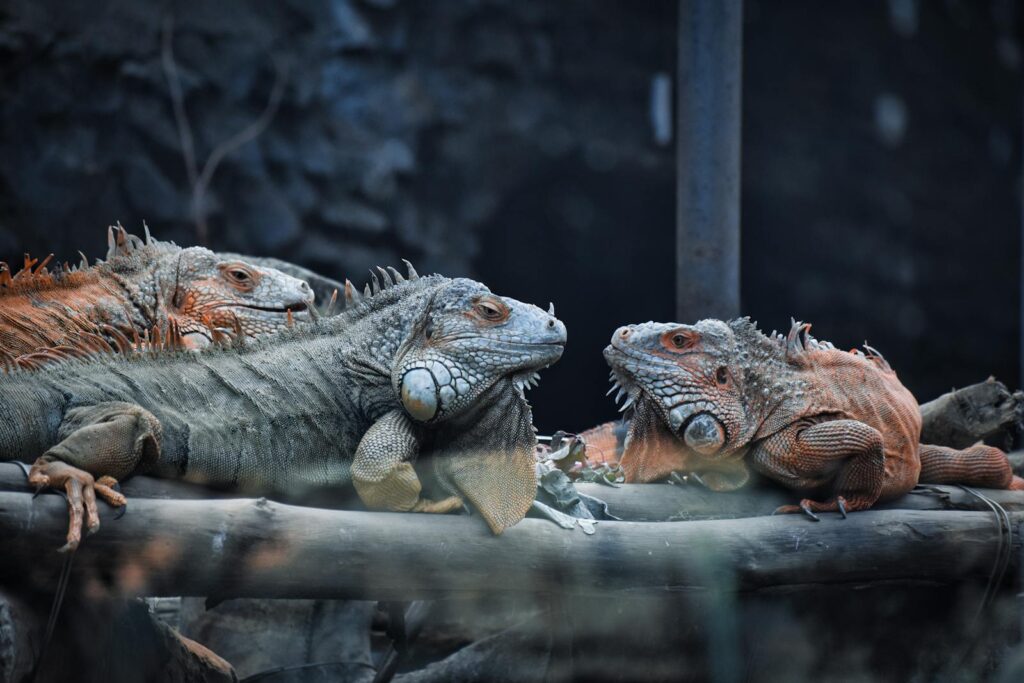
Creating a bioactive habitat for your exotic pet is both a science and an art—blending biological principles with aesthetic design to create a thriving, largely self-sustaining environment. While the initial setup requires more investment of time, research, and resources than a traditional enclosure, the benefits are substantial for both you and your pet. Your animal companion gains a more naturalistic environment that encourages natural behaviors, proper exercise, and exploration, while you enjoy reduced long-term maintenance and the satisfaction of creating a beautiful living ecosystem. As your bioactive habitat matures, you’ll witness fascinating interactions between your pet, plants, and cleanup crew—a constantly evolving miniature world that brings a piece of nature’s complexity into your home while providing your exotic pet with the most enriching environment possible.

